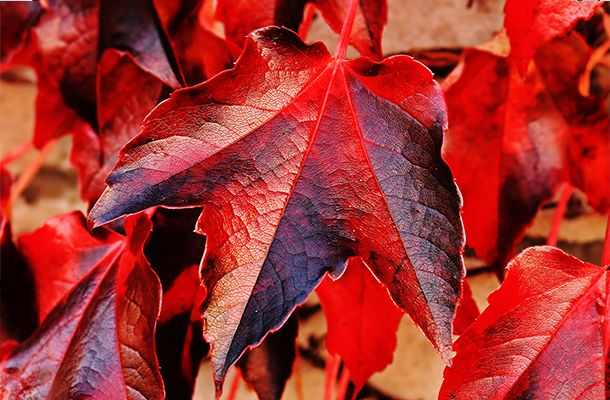Dealing with seasonal changes in the hatchery
Tags: Hatchery management | Whitepaper
, 25 October 2023

Seasonal changes can affect hatch results, including first week mortality. This could be through factors affecting conditions inside the setter and hatcher, or factors affecting the hatching eggs or chicks.
Inside setters and hatchers
The external climate changes with the seasons; for example, the temperature is low in the winter and high in the summer. The water content of the outside air is also affected, as warm air can hold much more water than cold air. Some parts of the world also experience a transition from a rainy to a dry season.
regarding optimum incubation in hot, humid climates? Watch our free webinar today.
Incubator manufacturers provide climate specifications for clean air entering the setters and hatchers. Using climate control equipment such as air handling units, hatcheries aim to maintain the climate within these specifications. For the sake of energy-efficiency, inlet air specifications are given as a range, allowing you to choose different set points for temperature and humidity in different seasons. These set points should be chosen so that they do not negatively impact hatch results. Air that is too dry, for example, could result in over-active humidifiers inside incubators and therefore cold spots, while air that is too humid will mean that eggs do not lose sufficient weight during incubation. Inlet air that is too cold will cause uneven temperatures within the incubator, and air that is too warm will create cooling problems and excessive condensation on the cooling coils during the last days of incubation.
Advice:
- Be aware of the effect of the above on incubation. For example, start ventilating earlier if the inlet air holds more water and later if the inlet air is drier (and colder).
Hatching eggs
The situation in breeder houses and during hatching egg transport can also affect hatch results. Eggs may cool faster in winter and slower in summer, impacting on the embryo stage before start of incubation, with consequences for incubation time and storage resistance.
Advice:
- Pull chicks a few hours earlier if eggs cool too slowly in the summer, and vice versa in the winter.
- Consider heat treatment of hatching eggs if cooling is too quick.
- Avoid the overdevelopment of embryos due to eggs cooling too slowly.
- Be aware of ‘sweating’ if egg storage is too cold at the breeder farm, especially on hot summer days.
- Maintain good egg hygiene by avoiding wet litter (i.e. sufficient ventilation, also during winter).
- Adjust feed amounts and composition to breeder house temperature (at lower temperatures, breeders need more energy to maintain body temperature).
- Avoid a temperature increase/decrease in hatching eggs during transport; check by measuring core temperature on arrival in hatchery.
Hatched chicks
Chicks have very limited capabilities to maintain optimal body temperature, so must be kept at the required temperature, independent of the season.
Advice:
- Start warming the chick handling and despatch room, truck and farm earlier in winter, as it takes longer to heat a cold room.
- Protect chicks from draughts, cold and rain when loading/unloading the truck.
- Create enough cooling capacity and air flow to prevent chicks from panting, minimising dehydration.
- Check chick comfort constantly by observing behaviour; take direct action if necessary.
Written by Gerd de Lange
Senior Poultry Specialist
I welcome your feedback on this article - and if you require any additional information, please don't hesitate to contact me.